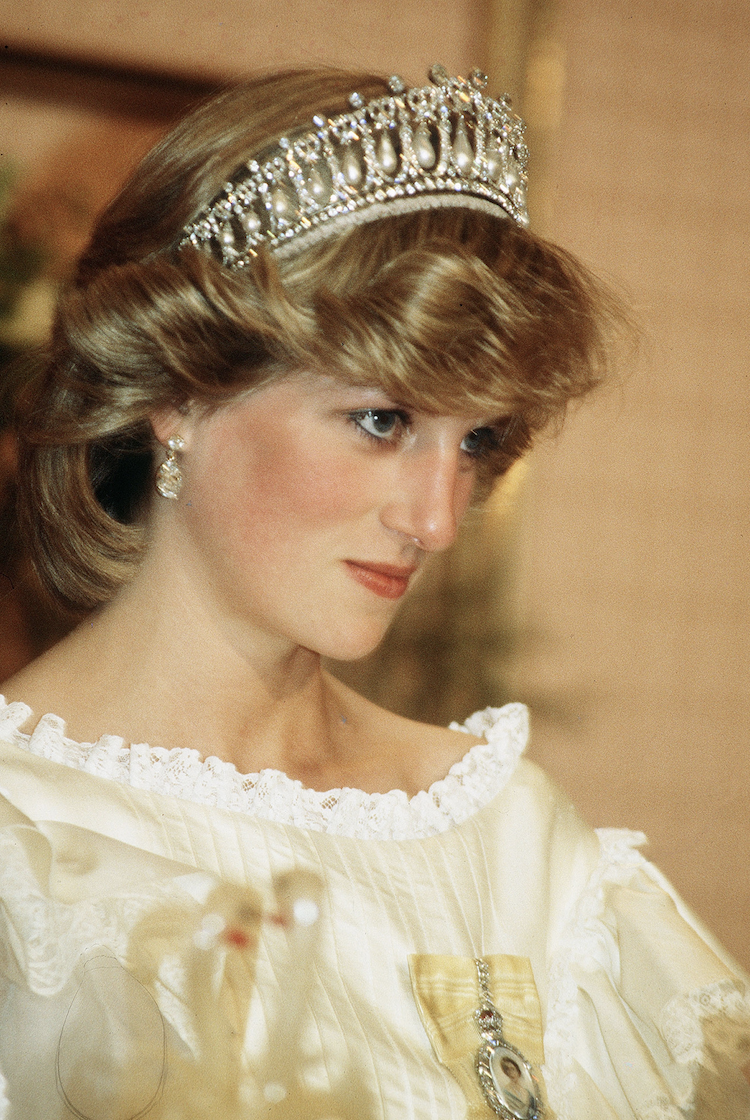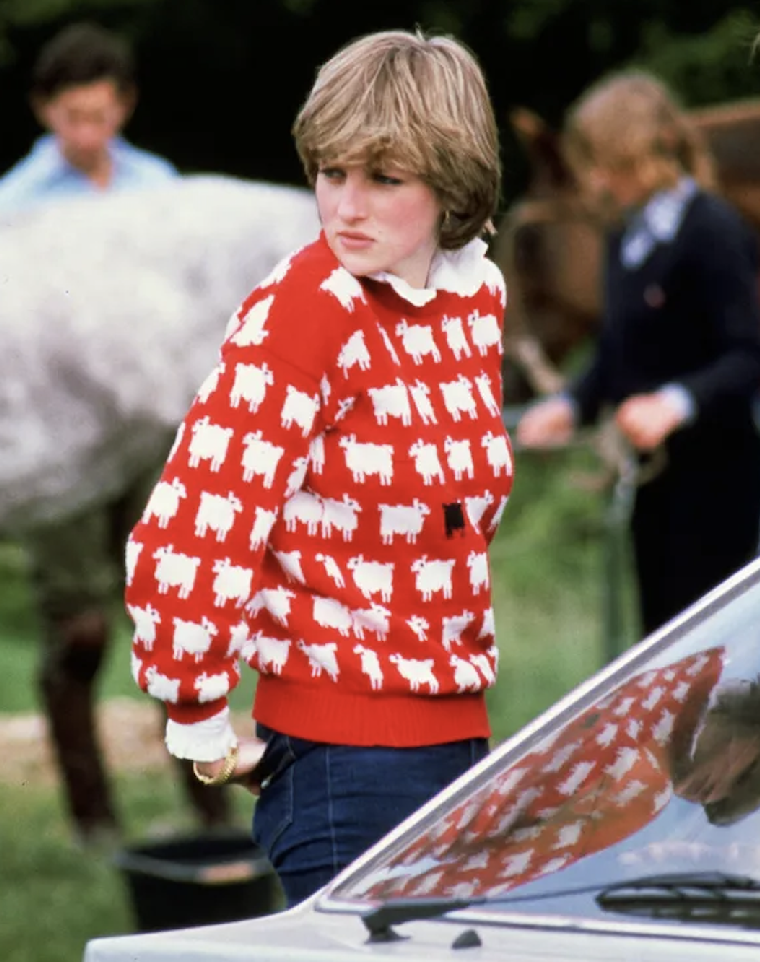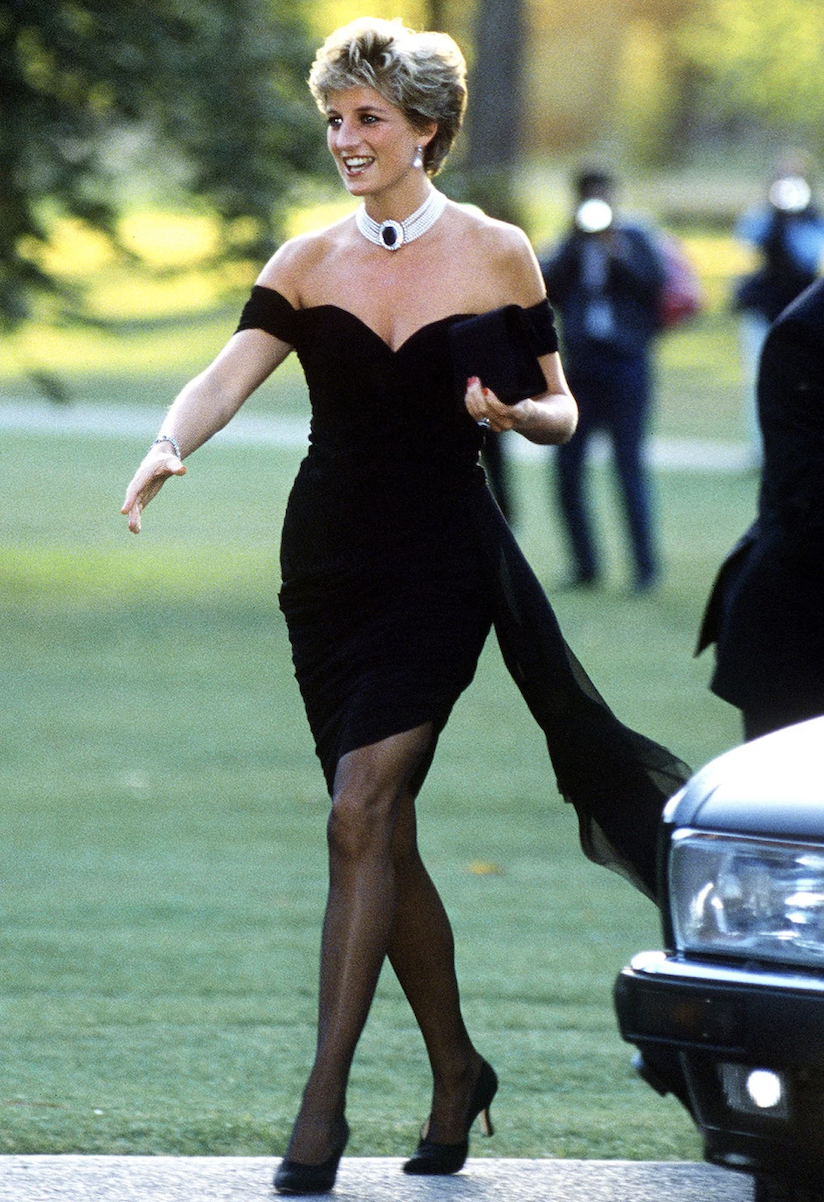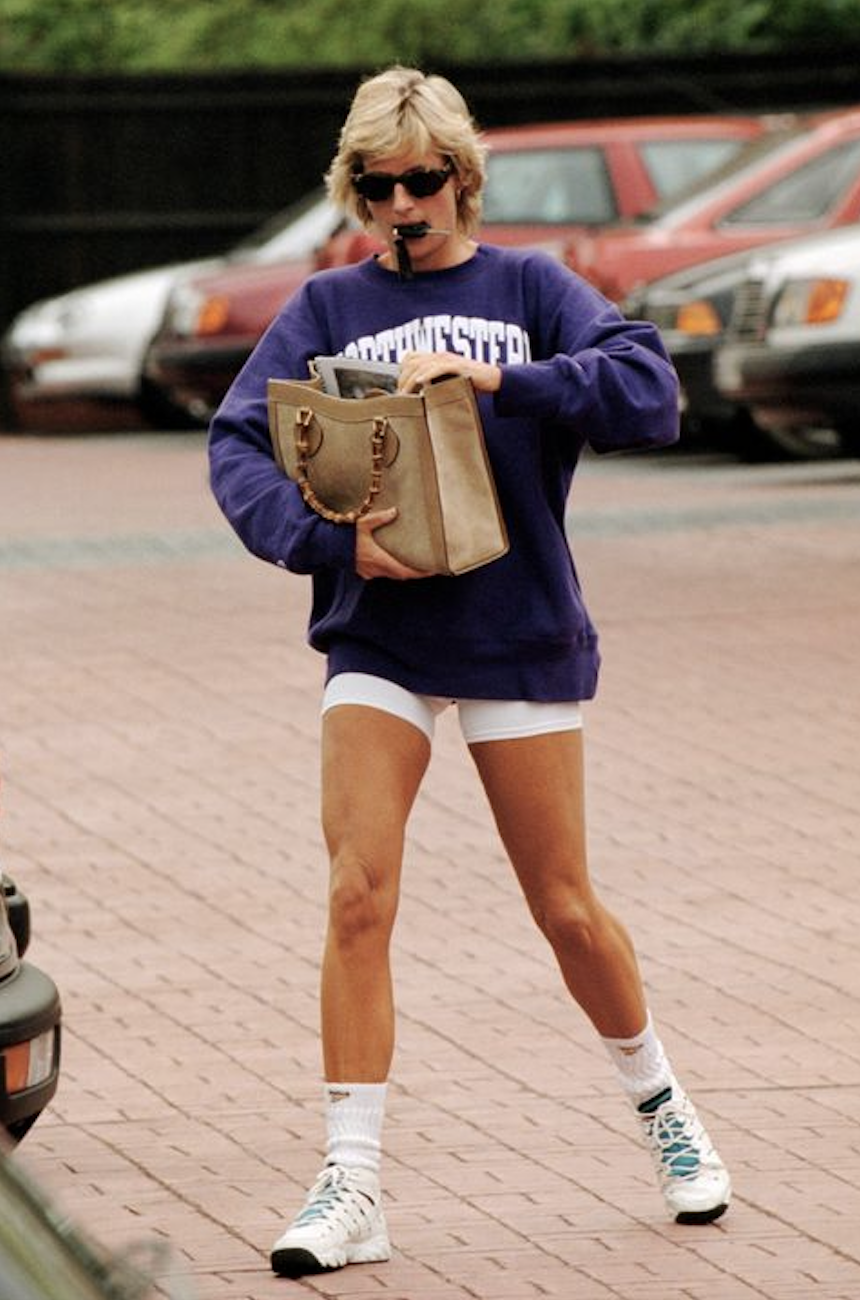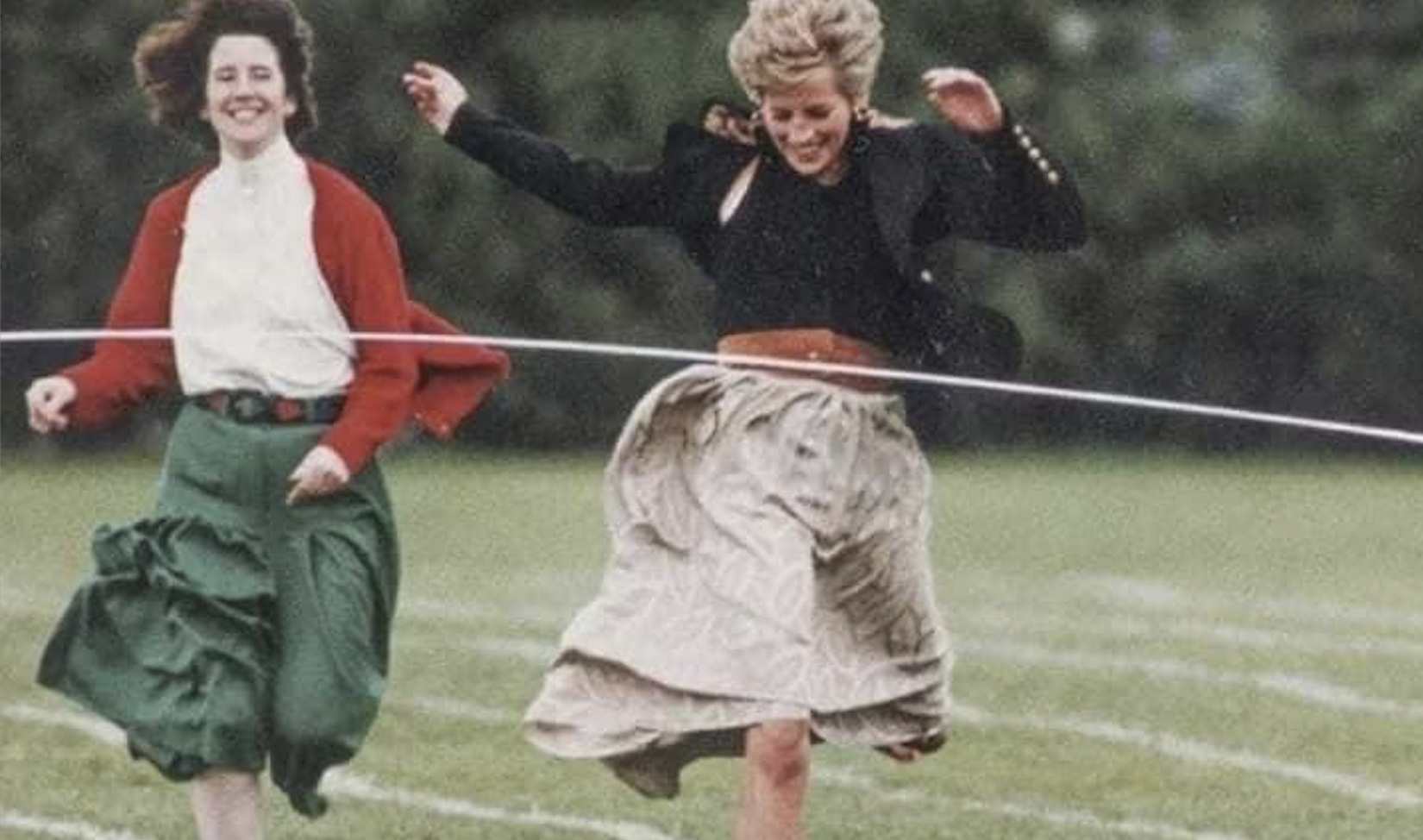The Diana Effect
In the wake of Spencer hitting theatres the spotlight turns back to the Royals. With Kristen Stewart playing the Princess of Wales, the film explores the married life of Diana with all its trials and tribulations. Yet this Hollywood production is not the first, and likely will not be the last attempt to catch a glimpse of the real Diana—the woman who has changed not only the British monarchy but also the traditional paradigms of femininity forever.
For many, August 31st, 1997 is a flashbulb memory. Television headlines brought news of the unexpected death of Princess Diana. Families crouched around the TV, watching the flashing images of a twisted car, the broken windshield and young Harry and William. Grief enveloped not only the United Kingdom but the world. From that moment on, Diana’s life was cocooned by her tragic death, and her temperament was forever crystallized as the ideal modern woman.
In life, Princess Diana reached out a hand to the public. Her charity work made the Royal family more personable and empathetic than ever before.
“It’s vital that the monarchy keeps in touch with the people. It’s what I try and do” -Diana
But in death, Diana changed the monarchy forever. It is now a family shadowed by mystery and intrigue, and Diana symbolizes the warmth of compassion and the rebellion against calculated tradition.
Diana’s kind deposition not only imprinted into the legacy of the Royal family but also onto the fashion world. Constant headlines about Diana’s Ten Best Looks! A Timeline of Princess Diana's Best Looks, Diana: The Fashion Icon regularly crops up on the most influential fashion websites. But why Diana? And why are so many young people attracted to her style?
It does not take much to recognize that Diana was not a very orthodox princess. From her hair to her clothes, she never truly fit the mould of the future queen as prescribed by the royal institution.
“I like to be a free spirit. Some don’t like that, but that’s the way I am” -Diana
Her long pixie cut became the new vogue. It was an ode to the New Woman, not tied down by the locks on her head and the patriarchal association with femininity and long hair. In an interview for the New York Times, her hairstylist confessed: “I think Diana felt that short hair liberated her, and made her life easier because it always looked great, whether it was wet, or styled or straight out of the gym”. Something as trivial as a hairstyle added to Diana’s overall air of graceful revolution. Diana’s royal head bobbed amongst the others, but this time with a flashy new haircut to boot.
Diana’s choice of clothing also reflected her individuality, especially when she was not able to speak her mind. From the black sheep sweater portraying her feelings of dissimilarity to her family-in-law to the infamous “revenge dress”, Diana’s style was a calculated echo of her personality.
In recent years, her style has influenced the ebb and flow of trends. For example, the silhouette of cycling shorts, a crewneck and chunky white sneakers have crept back into the fashion scene. Undoubtedly inspired by Princess Diana, this casual yet put-together look is favoured by many young people due to its chic versatility.
Similarly, Diana was not bound to a single “classic” look, like Kate Middleton currently is. She followed the trends of the ’80s and created many trends of the ’80s and ‘90s on her own accord.
Diana’s closet mixed the traditional and the modern. From pink form-fitting dresses to large angular blazers, she inspired generations of women-ware. After all, a Royal wandering the streets in nylon shorts like the rest of us commoners meant more than what meets the eye. Her devotion to a varied wardrobe contributed to the feeling of relatability. Switching from gowns to crewnecks gave the world a glimpse behind the Royal curtain, and showed that they are not that different from the rest of us.
Princess Diana epitomized modern femininity. The young generation gravitates towards her style because it embodies the intricacies of the female character and the strength of conviction. She was both compassionate and opinionated, graceful and strong. Diana’s personality and actions are forever preserved in her style.
In the age of crushing beauty norms caused by social media, it is not surprising that many seek to imitate Princess Diana and channel her fervour, kindness and grace. A ghost of the past—her style continues to influence the fashion world not only due to its singularity but mostly because it incarnates the diversity of what it means to be feminine.
